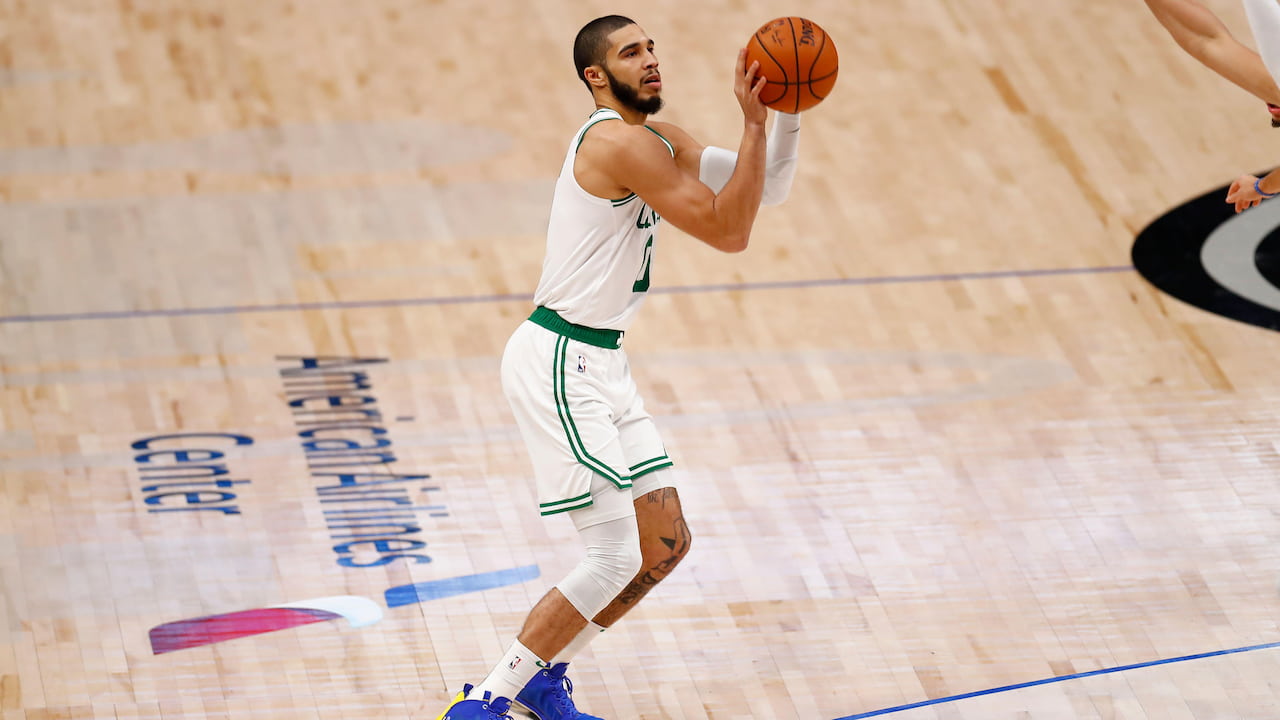Latest Sports Picks, News and Previews

The three-point shot was not always a part of basketball. In the past, games were generally played without a three-point shot until the mid-1900s, and even then it took a while before being implemented into the NBA.
It’s funny to think something so common in modern NBA basketball wasn’t really common back then. As time progressed, the rules surrounding the three-point shot changed for the better of the sport. In this article, we’ll describe the important moments that make up the evolution of the three-point rule in the NBA, including several key events, players, and rule changes that drove its growth.
Before we get into the empirical scenarios where three-pointers began to be utilized, we need to look at the reason why a sport where two-pointers were more common than anything would want to include such a new rule. When it comes down to it, it’s as simple as college students (Howard Hobson at Columbia University) experimenting with the idea that a long-distance shot could make the game more exciting and introduce new viable playstyles to the sport as well as reduce the advantage tall players had as they get closer to the basket. At the time, it was the perfect seasoning to add to the mix, and as a result, is now a very common form of point scoring for sharpshooter NBA teams.
The prospect of three-point field goals was experimented with as early as 1945 in a Columbia vs. Fordham college game. While it was originally viewed as a gimmick by the American Basketball Association (ABA), it took just 16 years for the American Basketball League (ABL) to become the first pro basketball league to include the three-pointer rule in the rulebooks.
Over the next few decades of basketball, the popularity of attempting a three-point shot in the NBA grew considerably. Modern data even continues to support this claim, and since the year 2000, attempts from the three-point arc have increased from 13.7% to 27% in 2016, a lot of which can be attributed to Golden State Warriors’ Stephen Curry and his gravity-defying three-point scoring statistics. Since its first introduction, regular field-goal attempts (two-pointers) decreased from about 90% in 1980 to 80% in 1997, which can represent the slight shift in attempts under the new three-pointer rule.
In correspondence with some of the data mentioned above, the point guard position became a much more appealing role, especially for smaller, skillful shooters. As previously mentioned, the 2017 Golden State Warriors and players like Curry and Klay Thompson were a prime example of a team utilizing the three-pointer rule, causing a change in overall NBA shooting culture. Teams were much less likely to take further distance two-pointer shots in an attempt to preserve those moments for their point guards to take a dialed three-pointer shot. What we see from all this is that the three-pointer became a much more efficient shot than the mid-range jump shot, causing spacing from the defender to be a crucial factor in making the shot. Point guards have gotten exceptionally well at this in the NBA, to a point where they outperform their own teams in scoring stats.

Liam has been a major sports fan and soccer player for over a decade, with a particular focus on major top-level soccer leagues, including the EPL, La Liga, Serie A, Bundesliga and MLS. He has written numerous promotional articles for various top sportsbooks and continues to publish historical and factual sports articles covering the NFL, MLS, NHL, MLB, EPL and more.